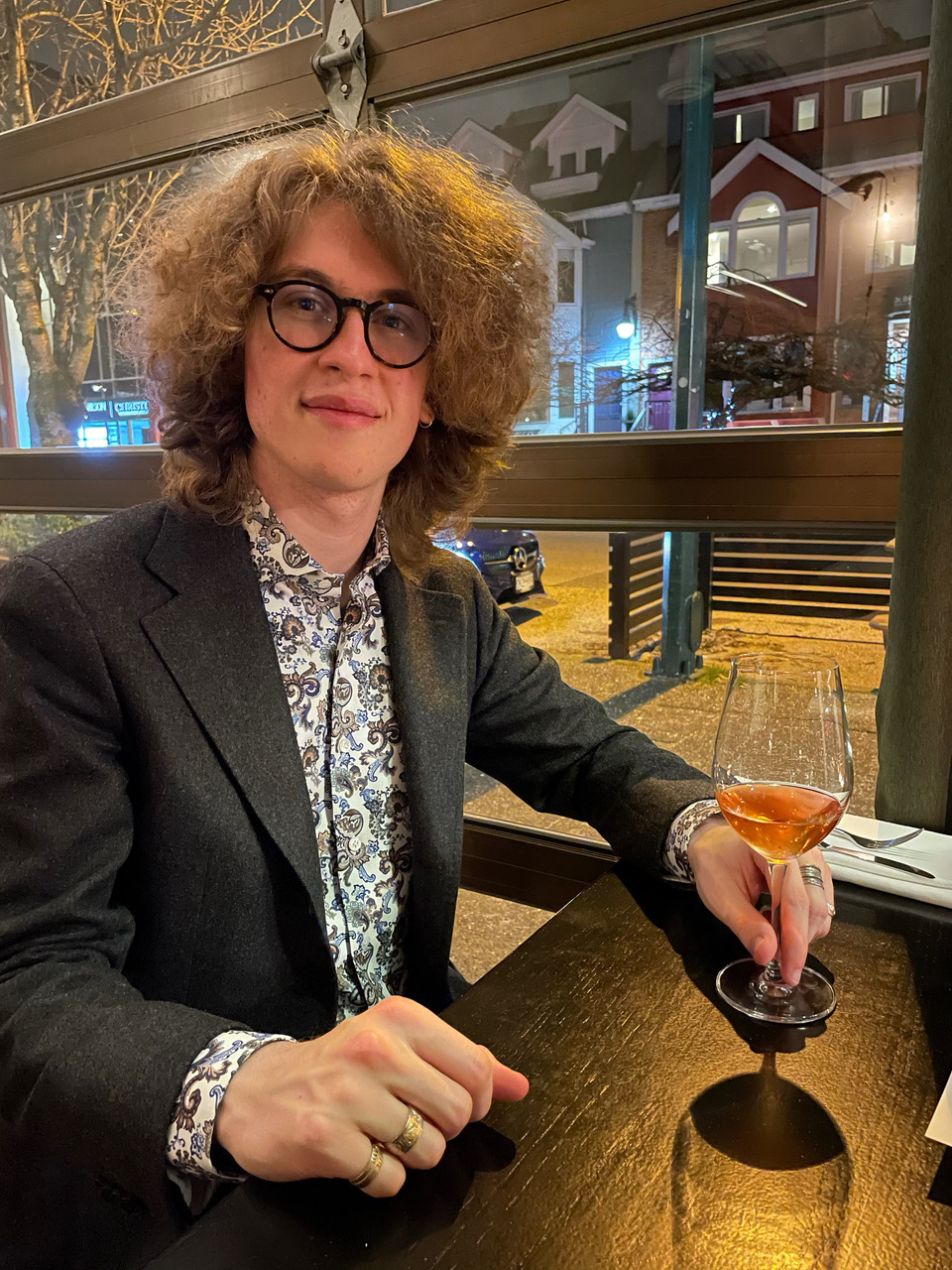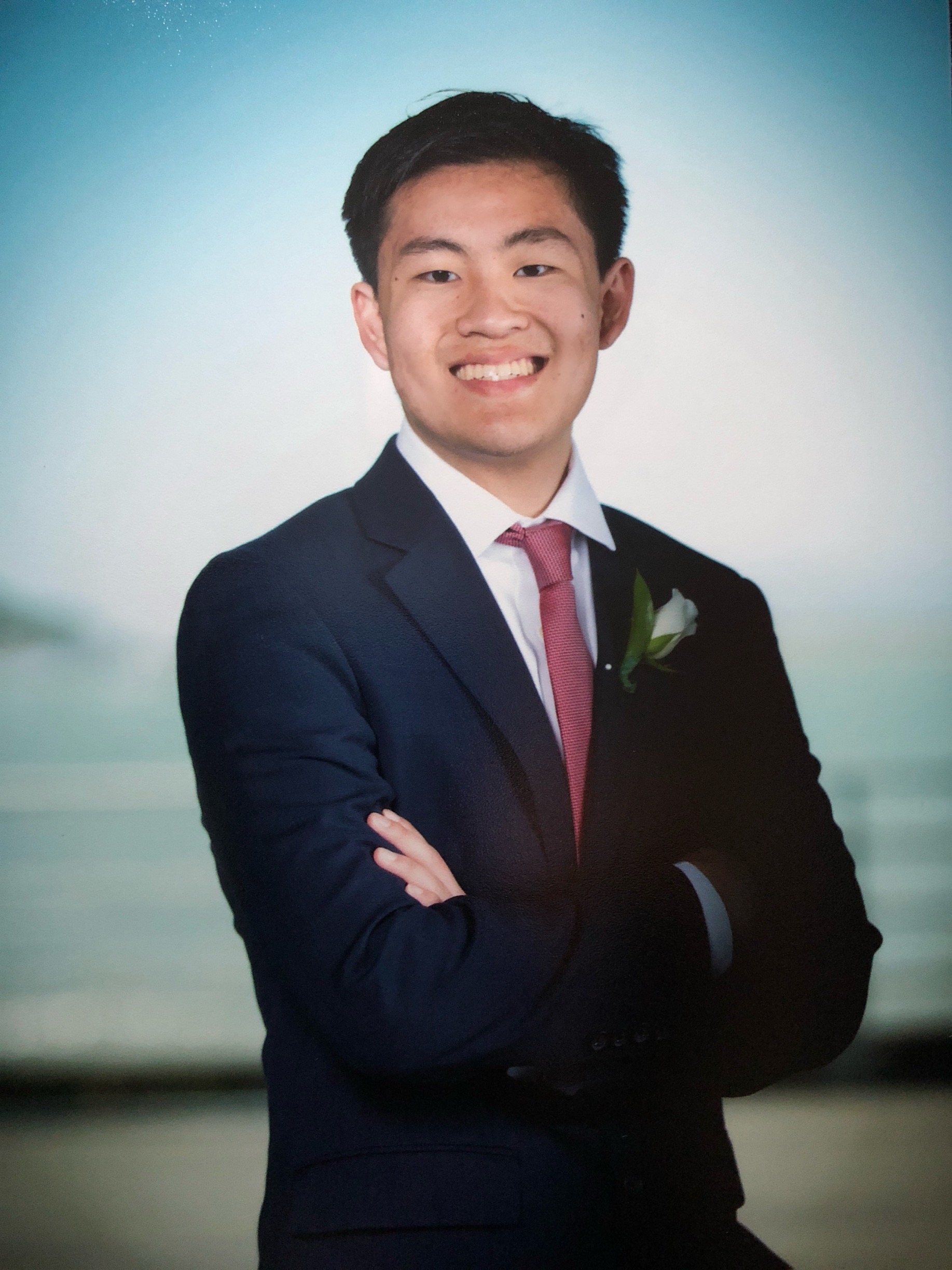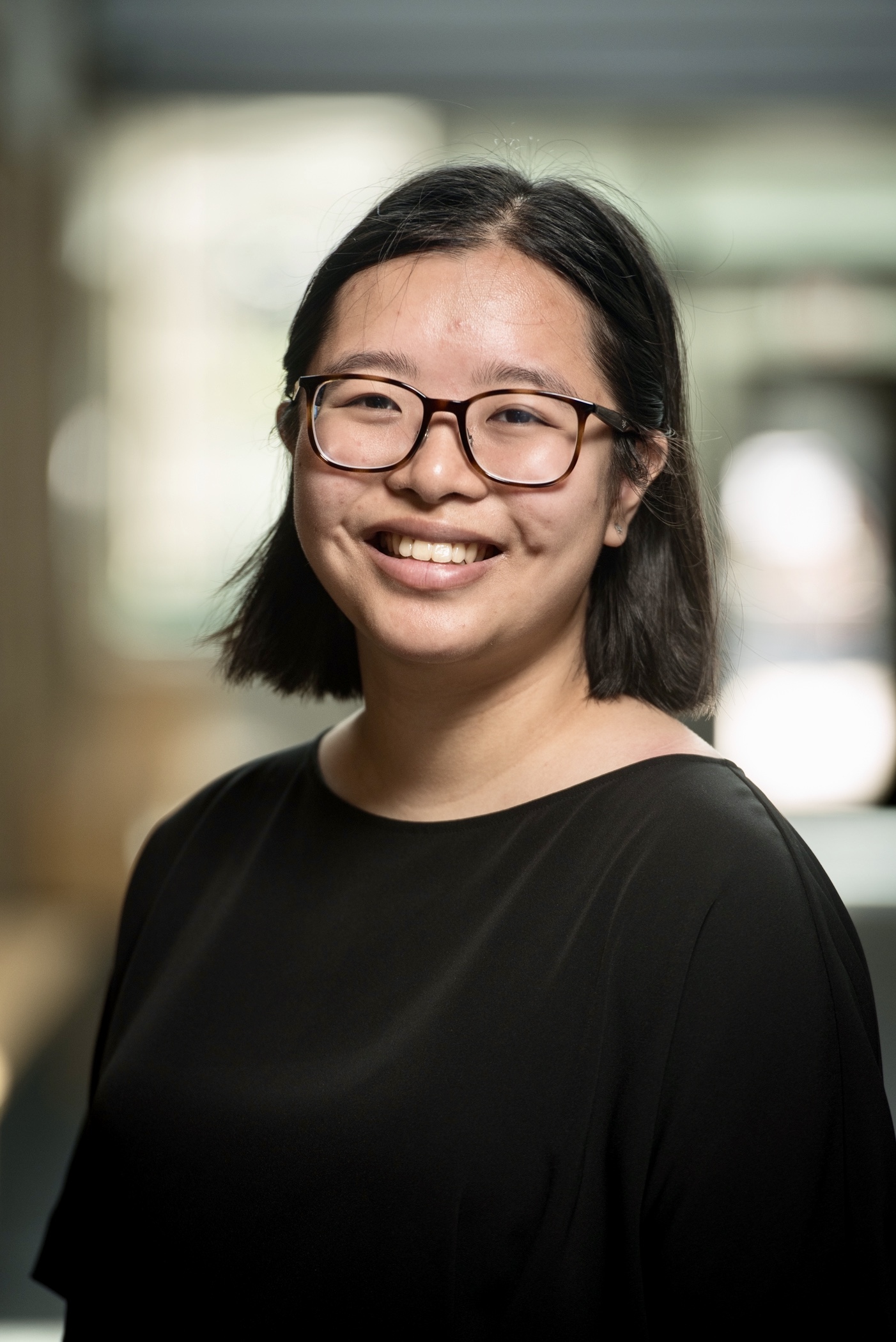

“Sometimes, we forget just how much undergraduate students work to produce original content in their research papers!”
Since 2004, the UBC Journal of Historical Studies, formerly known as the Atlas, has been publishing the best historical work by UBC’s undergrads. This year, the JHS received 63 submissions covering a wide range of historical topics, places, and periods. Soon, ten of these papers will be published in the journal’s forthcoming 2021 edition.
To learn more about the process of editing and publishing an undergraduate journal, we spoke to four History undergraduates involved in this process.


Pierre Sarliève
Patrick Leong and Pierre Sarliève are Editors-In-Chief of the UBC JHS. They are both majoring in History Honours with International Relations, and both joined the JHS in third year.
“I have always been fascinated by history, and I also wanted to know what being on an academic journal’s editorial board was like,” Patrick says. “I wanted to help contribute to the direction of the JHS in the next year, so Pierre and I ran for the positions of Editors-in-Chief.”
Pierre explains that he felt the administrative work of the journal would suit him. “I really wanted to have an impact on the undergraduate research community.”
Together, they are responsible for hiring and managing the editorial board, and directing the editing and publishing process of the journal.
“There’s something really unique about overseeing the publication of a journal,” Pierrre says. “You get to read so much research produced by students and you get to observe just how diverse our interests are at UBC.”


Patrick Leong
Selecting papers to publish is a complex process. Patrick and Pierre divide up the large number of undergraduate submissions between groups of student editors, and each group selects a few that they think are the best. They then meet as a team to look through all the best papers, and pick the best of the best from those. “Every year, we receive dozens of the best undergraduate history papers, so narrowing them down to the handful that we ultimately publish usually sparks lots of discussion (and debate) among the editorial board.” Pierre says.
Involved in selecting and editing these papers is Gabe Lee. Gabe is majoring in History and minoring in Asian studies, and is interested in the history of China. He’s an editor of the journal, as well as a graphic designer. “With the help of other members of the editorial,” he says, “I help choose from a wide variety of submissions.”


Gabe Lee
Gabe emphasizes that reading submitted papers often means going outside your comfort zone as a student of history. “The range of topics spanned every continent, and went from ancient civilizations to the more modern day. It was great to read in depth analysis about topics that I don’t normally get to see much.”
From such a wide and diverse range of work, he found it challenging deciding which papers to pick. Editors need to think not only about what papers are better, or more interesting, but what’s going to be feasible to edit. “Some papers could have been great, but would require too much work to make them publishable in the month of work that we had available.”
After selecting the papers they want to publish, the editors work in small groups with the authors of the selected papers. They spend over a month reading, editing, and revising, working carefully as a team to bring the paper up from good to great.
After they’ve finished, they submit the paper for review from faculty. Then the paper is formatted for publication.


Formatting the journal
This is where layout editors like Bianca Chui come in. Bianca is in Honours History, with a minor in Asian Studies. She’s been with the JHS since her second year, and first joined as a graphic designer, before becoming an editor as well. She recalls, “As I enjoyed reading the selected publications so much while formatting them for publications, I joined the editorial board. Now I serve as both the layout editor and a senior editor.”
The process isn’t without its difficulties. “I taught myself how to do layout and paging in my first year with the JHS,” she remembers. “The second year was a lot easier.“ But even with her experience, it’s hard work. “I spend a lot of late nights adjusting the papers line by line!”
After the journal has been formatted, it’s ready to be published. The topics from this forthcoming publication cover everything from interpretations of Bronze Age religion , to a forgotten war in 19th-century British Columbia, to female abolitionists in antebellum America.
“Sometimes, we forget just how much undergraduate students work to produce original content in their research papers!” Pierre says.


Bianca Chui
The wide temporal and geographic range of work published represents the wide-ranging interests of UBC’s students. “We tried to bring a greater focus to areas that are normally underrepresented,” Gabe notes. History is a field based on narrative, and it’s hard to find justice for historically oppressed groups when there is only one dominant narrative about them. The JHS tries to bring more of these stories to publication.”
And publishing a diversity of material goes hand-in-hand with spotlighting the hard work of UBC’s undergraduate students. “Often, undergraduates are under the radar for more serious academically-inclined activities,” Bianca says.
In Patrick’s words, the JHS gives students a chance to have their work published. “It gives our editors the opportunity to work on an editorial board, which is especially useful for those of us interested in academia.”
“It also offers them insight into the publication process if they wish to publish more later on in their careers,” Pierre adds.
To undergrads, Patrick says, “If you’re really proud of a paper that you wrote, submit it to the JHS next year!”
Read the UBC Journal of Historical Studies here.


